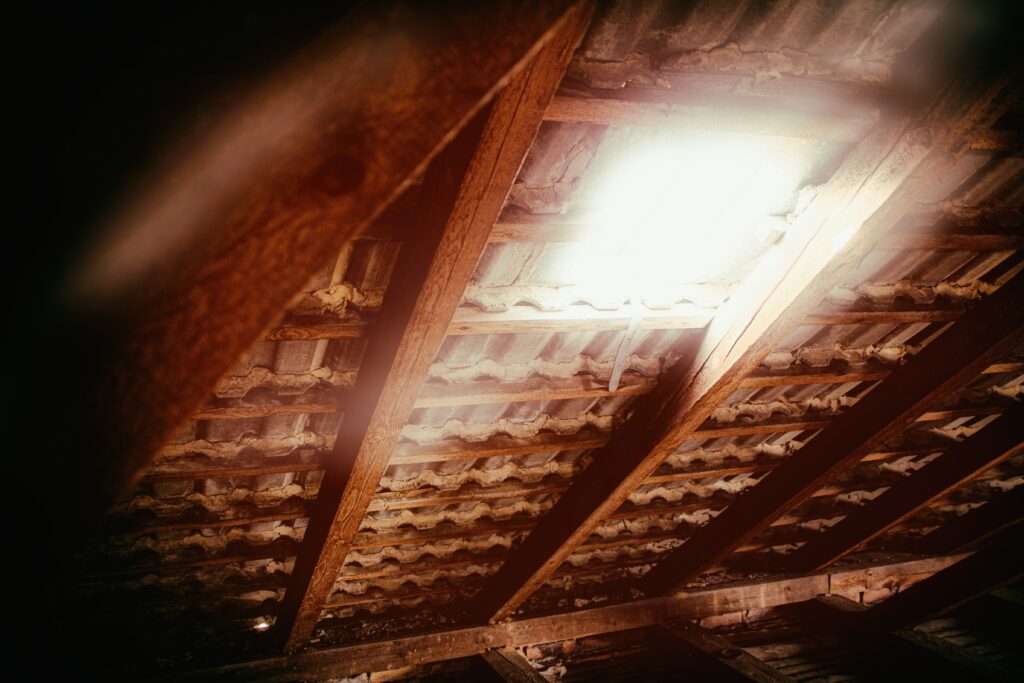Does Insulation Help with Heat During Summer?
Does insulation help with heat during a hot summer? It’s a question many people ask themselves on hot days when the mercury is soaring while they are sweltering in an uninsulated home.
You can find a perfect example of how the insulation in your attic works in the kitchen. Imagine you’ve just baked a delicious chocolate cake. You won’t use your bare hands to remove the cake from the oven. Instead, you will need a pair of oven mitts to cover your hands.
The oven mitts protect your hands from the hot baking pan because of the insulating material they are made from. However, no insulation is perfect. If you keep your hands on the hot metal for too long, you will start to feel the heat coming through, even with oven mitts.
How Your Home Heats Up
Heat doesn’t like to keep to itself. When the temperature outside rises, the materials in your home absorb and transfer the heat to the inside. In some cases, the temperature inside your home can even exceed the outside temperature because of radiant heat.
When materials absorb heat, they will radiate some of it back into the atmosphere. Your room with four walls and a ceiling doesn’t give radiant energy anywhere else to go. This adds to the already sweltering temperatures in whatever room you are in.
Radiant heat is the reason it’s so unpleasant to hop into a car that’s been sitting in the sun for a few hours. It’s like a sauna in there because all those materials in the car are radiating their excess thermal energy back into the air, where it is trapped.
Your attic is a lot like your car. The small attic space above your ceiling quickly heats up as the sun shines down on your roof. Roofing materials don’t provide much of a barrier to thermal energy. Radiant energy quickly heats the attic interior to temperatures that are many degrees warmer than the outside.
You may think that warm air rises, and you are correct. After all, that’s how hot air balloons work. So why does your home get so warm inside?
Shouldn’t the hot air be escaping to the outside? Yes, warm air does rise, but thermal energy doesn’t work the same way.
Heat always migrates to cooler objects. This means it can move through materials in any direction in your home, including down from your roof to your ceiling panels and from there into your living room.
From the roof shingles, metal sheets, or tiles to the roof trusses and joists in your attic, radiant energy is working to make your life less comfortable as the day wears on.
Fortunately, the right type and amount of attic insulation will be a big help during the summer months in keeping your house cool.
Will Insulation Help Cool My House?
Insulation is a layer of material in your attic that helps to keep you cool in the summer and warmer in the winter.
The majority of the heat inside your home comes from the roof and ceiling. Your walls and windows will also contribute, but the sun is not as direct on these surfaces, so they don’t get as hot as your roof.
A ceiling without insulation will make your air conditioner work 40% harder on average to keep your interior at a comfortable level. You can still be comfortable, but your energy bills will be higher without insulation.
Heat flow occurs through three mechanisms: convection, conduction, and radiation. Convection is how heat circulates through liquids and gases and is the reason why warm air is lighter than cool air.
Conduction refers to the way heat moves through materials, such as when a teaspoon gets hot while stirring tea. Radiant heat, as talked about previously, moves in a straight line and is absorbed by anything in its path.
Insulation materials like rock wool, fiberglass, and cellulose disrupt the heat transfer process by slowing conductive and convective heat. Radiant barriers work to reduce the amount of radiant heat getting through to your attic and must be in contact with an air space to be effective.
Regardless of how heat is transferred, it is always from a warmer object to a cooler one. In winter, warm air transfers from living spaces to unheated areas of the house. Maintaining a comfortable temperature in your home during the warm and cool months puts strain on your HVAC system. The more you can slow down heat transfer, the more energy you will save.
What Are R-Values?
The “R” in the R-value rating on insulation refers to how well the insulation can “resist” heat. Higher R-values are more effective at slowing heat transfer. You can also increase R-values by adding an extra layer to your insulation, and you can mix the type of material you use.
Fiberglass, rock wool, and cellulose all have an R-value of around 3 for every inch. If the insulation between your ceiling joists is 10 inches thick, then its R-value is 30. Keep in mind that compressing insulation will reduce its effective R-value.
How and where you install the installation will affect the R-value as well. For example, heat easily travels through studs, joists, and cavities in the attic. A radiant barrier in your attic and insulation on the joists can slow heat transfer. Ensuring all cavities in the attic are filled with insulation will also make your home more energy efficient.
Other factors that can influence your home’s energy efficiency and your comfort levels include:
- air leaks through light fixtures and gaps in attic hatches
- The color and material of your roof
- The size of your attic
- Moisture and condensation control
Do you know what type of insulation you have in your attic? Have you checked its condition in the last few years? The idea of working in a hot, confined space isn’t appealing to a lot of people. It may even be unsafe when you don’t have the experience or the correct safety gear.
The experts at Attic Pros are available to help. Give them a call today or visit their website for more information about how you can create a more comfortable and energy-efficient home today.

